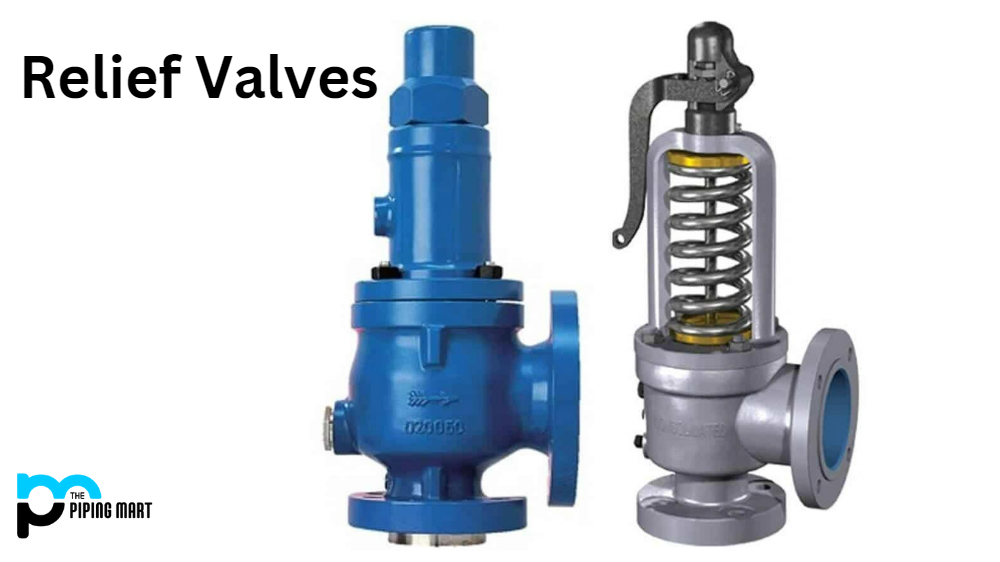What are Relief Valve ?
Relief valves are safety devices used to protect machines from excessive pressure. They are integral to any machine or structure that works with a pressurized substance like steam, water, and air. Though they often go unnoticed, relief valves play a critical role in keeping equipment safe and running efficiently. In this blog post, we’ll explore the different types of relief valves and their uses and workings.
Relief Valve Types
Relief valves come in many shapes and sizes depending on the application they’re used for. The most common types include:
- The direct-acting spring-loaded valve is typically used to regulate pressure in a closed system.
- The pilot-operated valve is designed to control large flows.
- The bellows valve relies on a flexible diaphragm instead of a spring mechanism.
- The rupture disc valve is designed to open at a predetermined pressure level.
Relief Valve Uses
Relief valves are used in numerous applications, including power plants and industrial processes that require highly pressurized systems such as boilers and pumps. They are also found in plumbing systems like those found in residential homes to prevent overpressure from damaging fixtures like toilets or faucets. Additionally, relief valves can be used for temperature control by allowing hot fluids to escape when certain temperatures are reached.
Relief Valve Working
When there is an increase in pressure above the set limit within a system, relief valves open automatically, allowing excess pressure to be released before it becomes dangerous or damaging. This is done using either a mechanical or hydraulic method, depending on the relief valve used. All relief valves have an internal spring mechanism that opens once a certain amount of force has been applied due to increased pressure within the system. This allows for the quick release of built-up pressure without requiring manual intervention.
Conclusion:
Relief valves are essential safety components found in machines across many industries and residential plumbing systems to prevent damage due to overpressure or overheating pressurized substances like air, steam, and water. They come in various shapes and sizes based on their specific application needs. Still, all operate on similar principles by releasing excess pressure from closed systems through mechanical or hydraulic methods triggered by an internal spring mechanism when necessary pressures are reached inside the system. Understanding how these devices work can help you identify potential problems before they become dangerous or damaging, so make sure you have them appropriately installed during setup!

Pipingmart is a B2B portal that specializes in metal, industrial and piping items. Additionally, we share the latest information and information about materials, products and various types of grades to assist businesses that are involved in this business.




